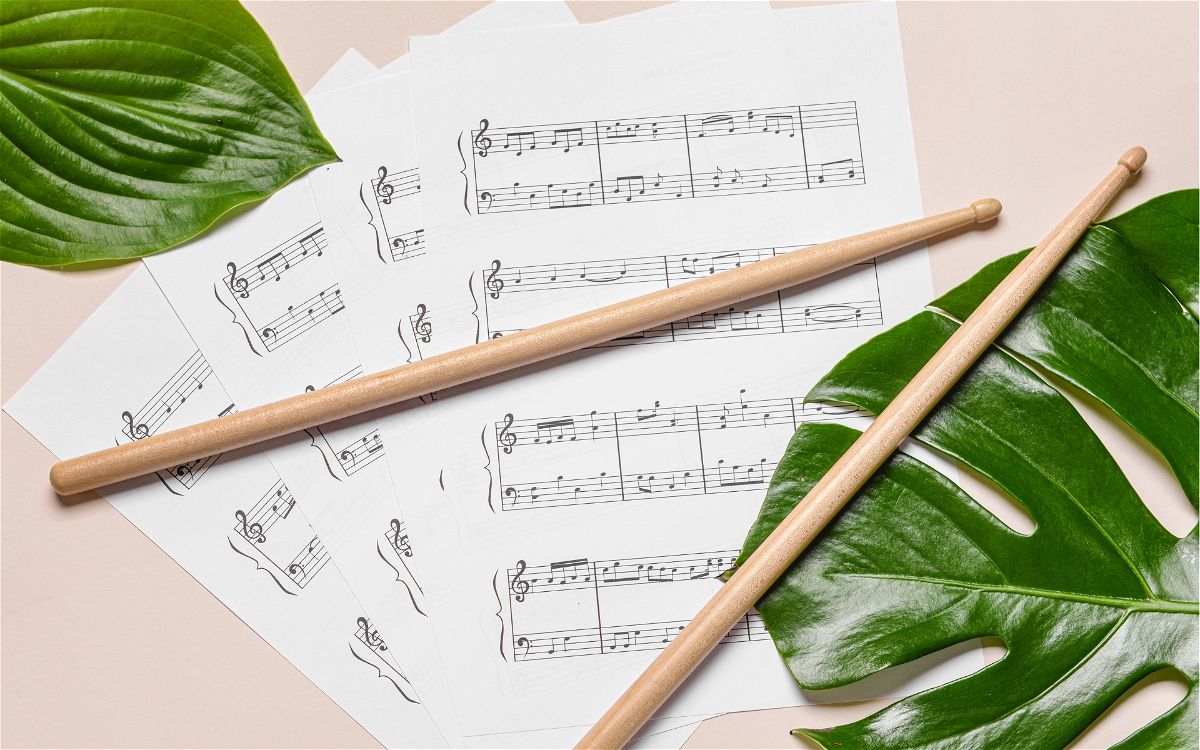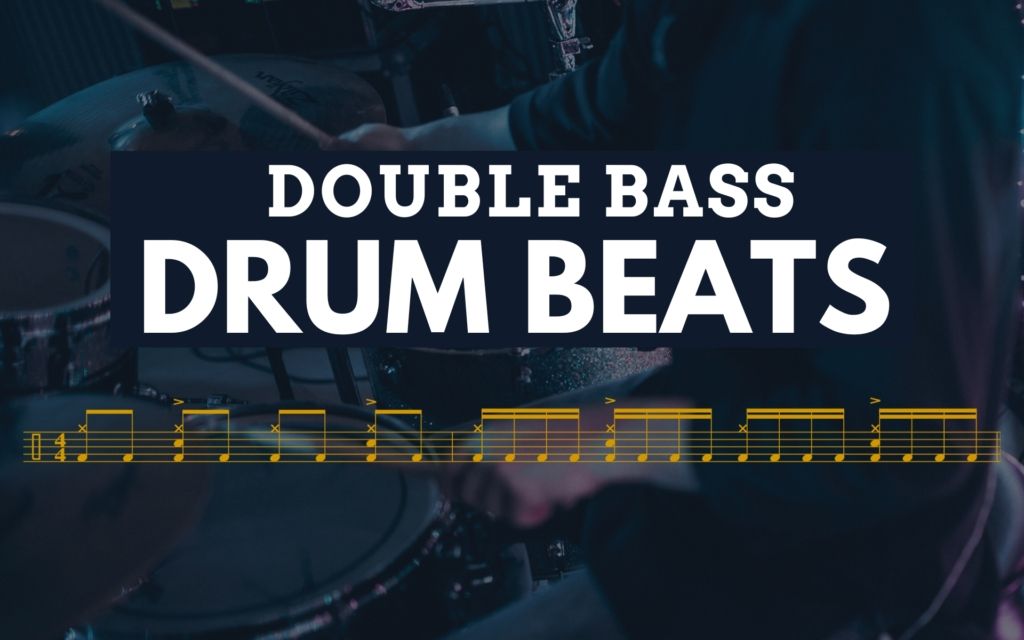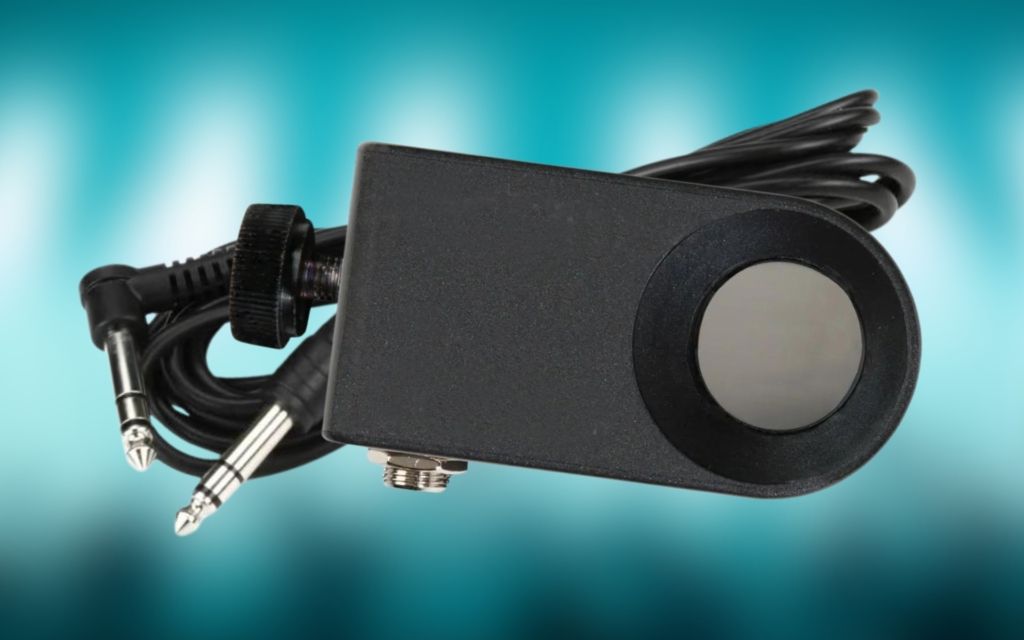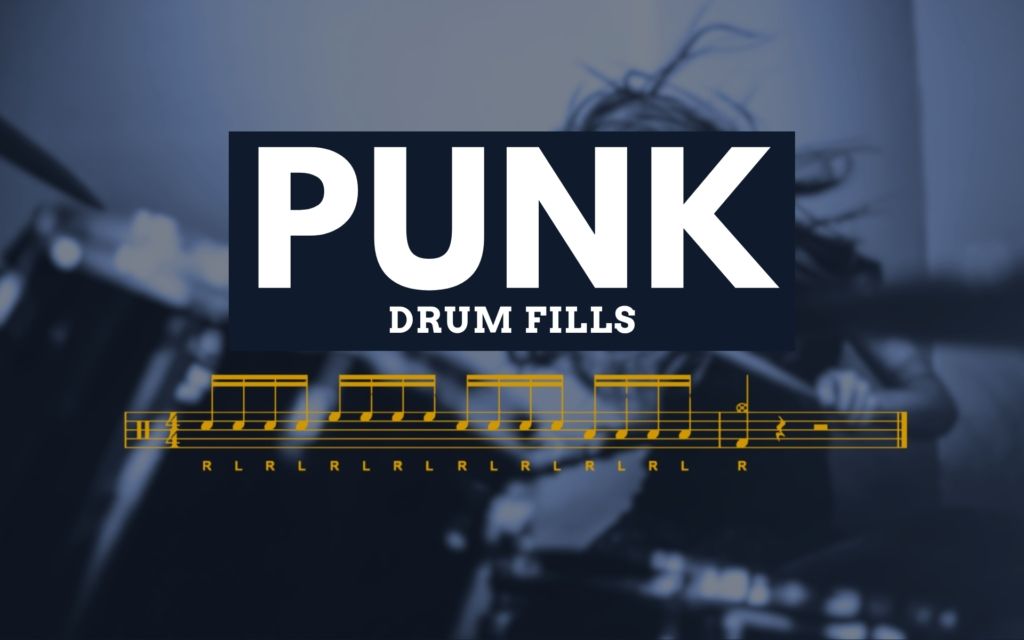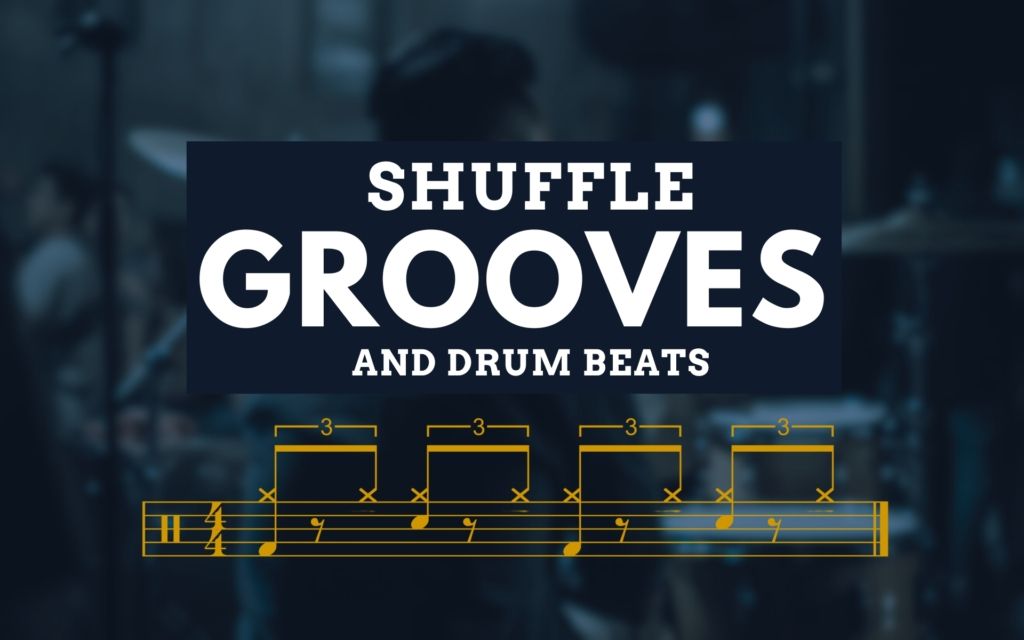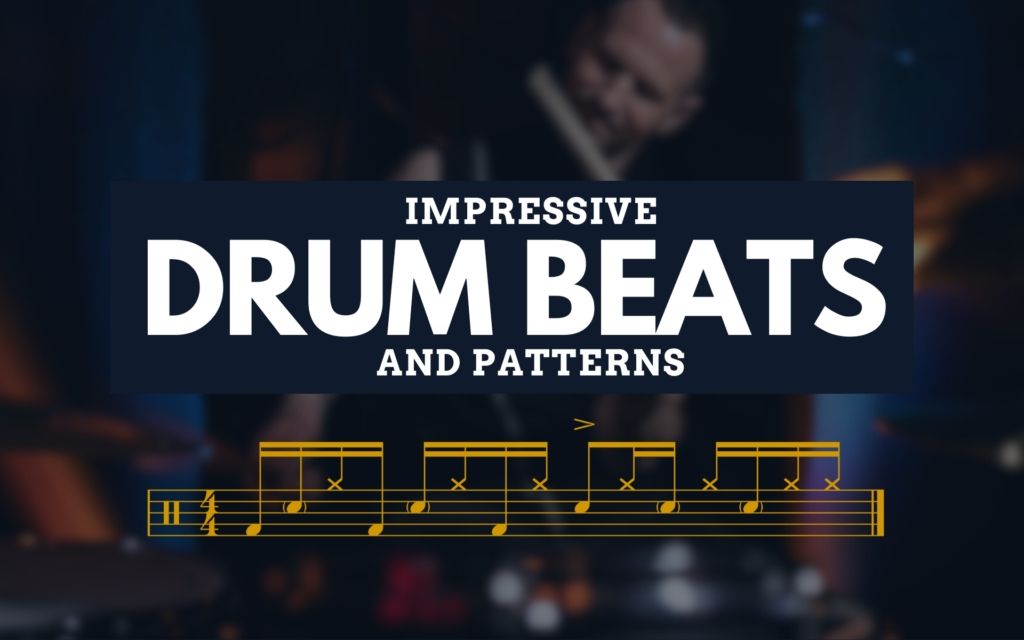Creating music is one of the best parts of being a musician. As drummers, it’s our job to provide the rhythmic backing and timing to songs.
While playing drums to already produced songs is great, I’ve always found it quite tricky to write drum parts for original music.
I’ve learned a few tips and tricks over the years to make the process easier, though. These ideas have helped me with the songwriting process, and they’re sure to help you too.
Contents
Creating Ideas for Drum Parts
Understand the Style
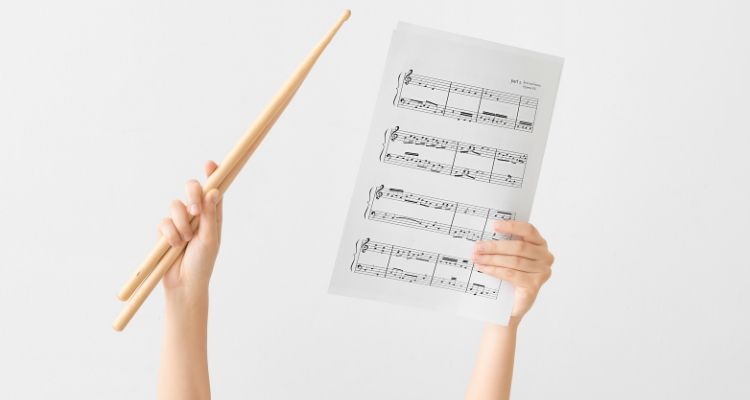
The very first thing to do when thinking about what drum parts to create is to know exactly what style of music you’re playing.
Each style of music has distinct drum patterns, fills, and grooves that are commonly used. When you know what the song style is, you can immediately start messing around with those appropriate grooves to see what you can create.
If you’re unsure of the style, you may have a much harder time trying to choose just one kind of beat to play.
For example, a rock song will need heavy drum grooves that are likely focused more on open hi-hats and cymbals. A light jazz swing song will need gentle ride cymbal patterns.
Understand the Song Structure
The next step is to understand the structure of the song. Most songs have verses, choruses, and bridges.
You’ll also get intros, pre-choruses, tag parts, and a few other unique song sections.
Whenever I hear a drumless song for the first time, I write these song parts out so that I have a map to follow.
I’ve found that having a roadmap of song parts clearly laid out in front of me makes it much easier to write drum grooves and patterns for the song.
It usually sounds good if you write similar drum parts for all the verses. The choruses will be a bit louder, so the drums will open up.
Bridges can either sound very big or have no drums at all, but the point of a bridge is that it’s a separate section from the rest of the song, so your drum parts will also need to be different.
Listen to What the Bass is Doing
I love it when people send me songs that already have bass parts recorded, as those will tell you exactly what to do with your bass drum in the grooves you write.
Drums and bass should always lock together within songs, so the rhythms that they play will often be the same.
If you have the bass parts for the song that you’re writing drums for, you’ll be able to write grooves so that your bass drum matches those parts.
If you don’t have the bass parts, you can write your drum grooves so that the eventual bass guitar parts will match them.
A basic example of this would be having your bass drum play on every quarter note of a groove if the bass guitar is playing a walking bass line with the same rhythm.
Start with Simple Drum Beats
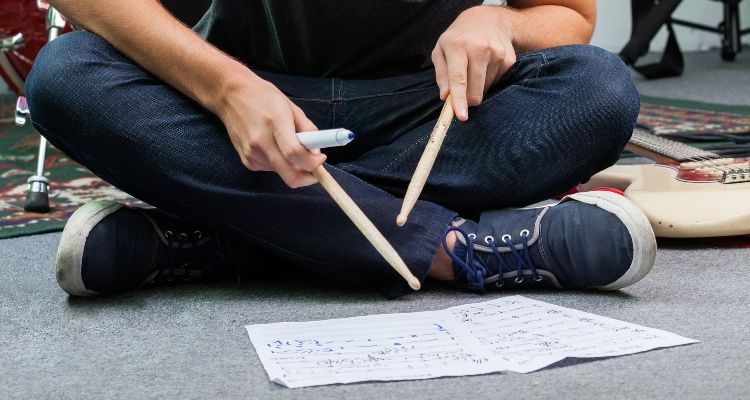
Now, it’s time to start writing down some actual drum beats. I’ve always found that the easiest thing to do is play a basic rock groove with the snare drum on beats two and four. It’s the most popular drum beat ever for a good reason, with that reason being that it works in every song.
I’d just recommend using the basic drum beat as a starting point, though, as you can then expand it to sound a bit more interesting along with what the rest of the instruments are doing.
If the guitar part has a slight rhythmic accent, you could play something on the drum kit to match it with the groove.
Establish Grooves for Each Section
The next step is to write specific grooves for each song section. Most songs have big intros, so you can make a groove that is loud and open with crash cymbals or open hi-hats.
A song will usually get softer in the first verse, so you can start playing lightly on closed hi-hats to get naturally softer with the drum part.
You can then build to the chorus and open things up again, moving to the second verse where the drum part is light. However, the second verse is usually a bit more open than the first.
You’ll then build to the second chorus and get even louder to move to the bridge.
That’s just a typical song structure that I’ve seen countless times when recording music with bands. It won’t always look or sound like that, but it’s a good platform to work from.
Choose Fill Placements Carefully
You also need to consider drum fill when composing drum parts for songs. Most of us play drum fills naturally, but it makes a huge difference when a fill has been specially written to match what the other instruments are playing in a song.
The number of drum fills needed will differ depending on the song.
With pop music, drum fills need to be used very sparingly. However, progressive metal songs will have drum fills come multiple times in every section.
Get a Second Opinion
Once you’ve got your drum parts written down and solidified, I highly recommend getting someone else to listen to them.
There have been countless times when I’ve written parts that I thought were amazing, but friends from other bands would check them out and think that something wasn’t quite right.
Having that sort of accountability will grow you and allow you to write the best drum parts possible. Other people may have small suggestions that will add plenty of value to what you’ve written for a song.
Make Sure That You Can Play the Drum Parts
My final piece of advice for writing drum parts is to make sure that you can actually play them. This may sound a bit weird if you’re someone who sits at their kit and writes as they play.
However, some drummers prefer to just write parts on software programs. While it’s easier to do this, it also leads to situations where the programmed drum parts are too difficult to play.
So, just make sure that your drum parts are playable!
Writing Down Drum Parts
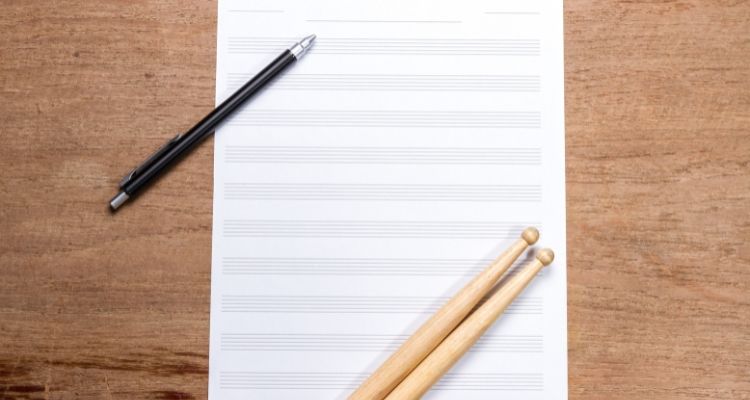
Use a Transcribing Tool
My favorite drum part writing tool to use is Groove Scribe. It’s a web-based app that lets you easily input notes to create drum grooves, patterns, and fills.
It works as a sort of notebook for drummers, allowing you to easily put down ideas and mess around with them.
However, it doesn’t let you write out full songs. For that you’d need to use apps like MuseScore or Sibelius.
Take Notes
I’d also recommend taking general notes on a notepad when you’re creating drum parts. It becomes really helpful when you write the sections out and give yourself little footnotes on each one.
I always do this, and it makes things like dynamics easier to remember when I’m figuring out what to play in each section.
Final Thoughts on Writing Drum Parts for Songs
Learning to write drum beats can become a smooth process once you put all the systems in place. My ultimate formula for getting things done is to understand what style the song is, recognize all the song sections, lay down a few basic grooves, and then take things from there.
That generally works for simple songs with common structures. Things may get a bit trickier with more complicated music. You need to start somewhere, though!

